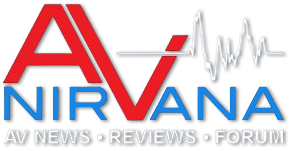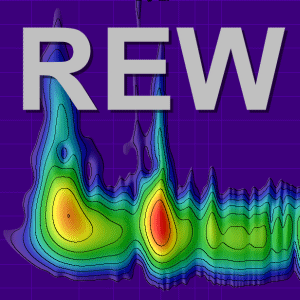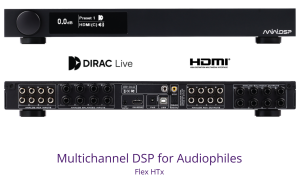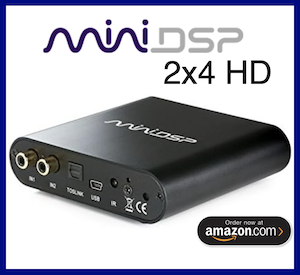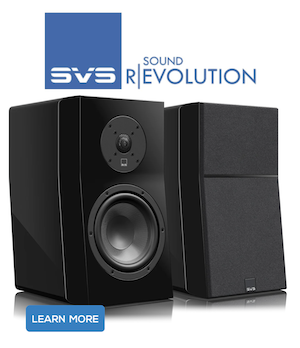Running in Windows 10 Pro. I've had it running for quite some time (many days). I'm doing a lot of testing/learning. For these I'm using the Delta 1010LT unbalanced out to balanced in. This was a loopback connection, calibrating the balanced inputs. Ch1 has been calibrated for several days. I was switching to Ch2. The moment I clicked the Ch2 input in the pulldown list it crashed.
I've attached a zip with the roomeqJ_wizard1.log and an extract of the rew_output.txt files.
I've attached a zip with the roomeqJ_wizard1.log and an extract of the rew_output.txt files.
